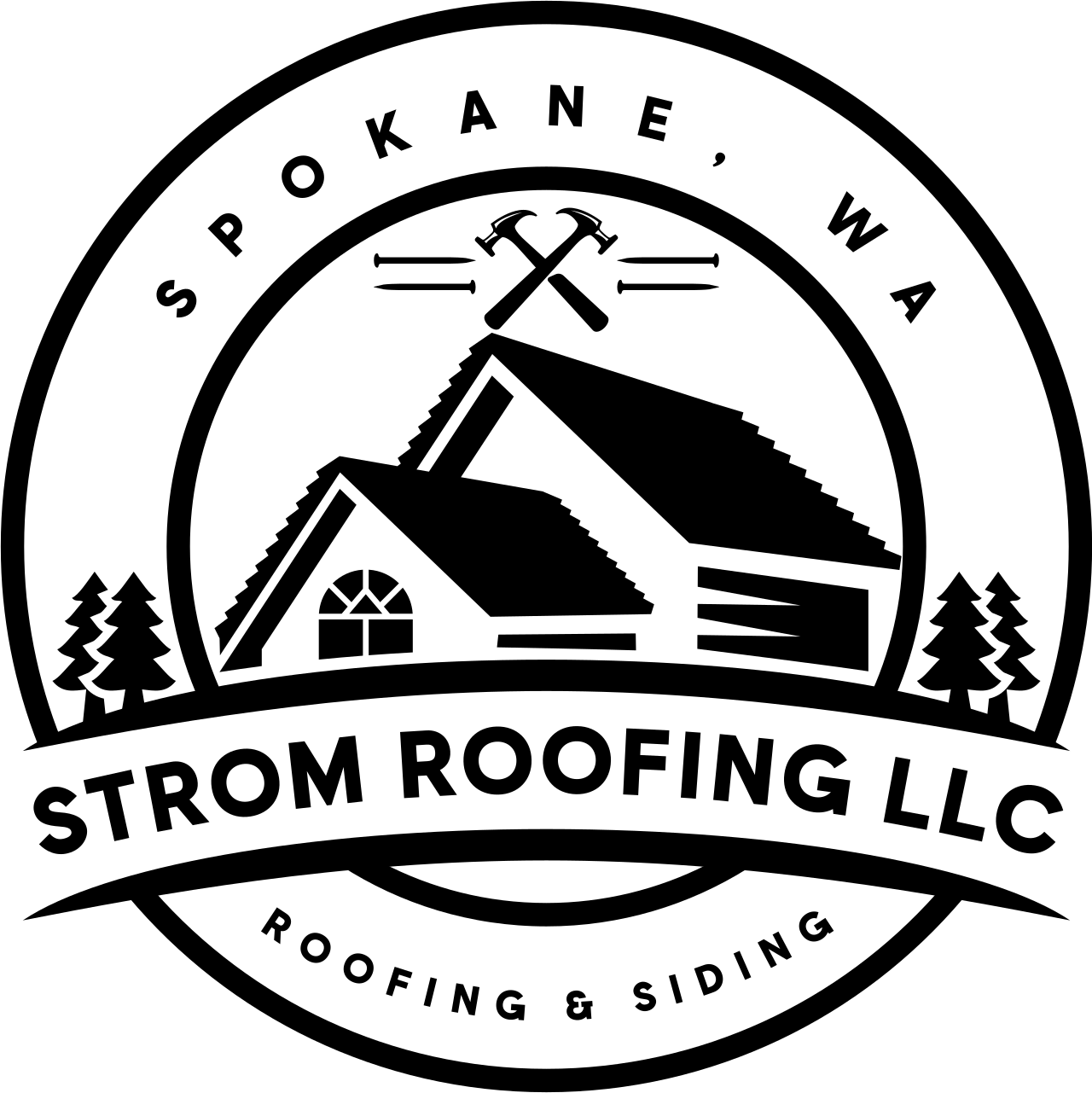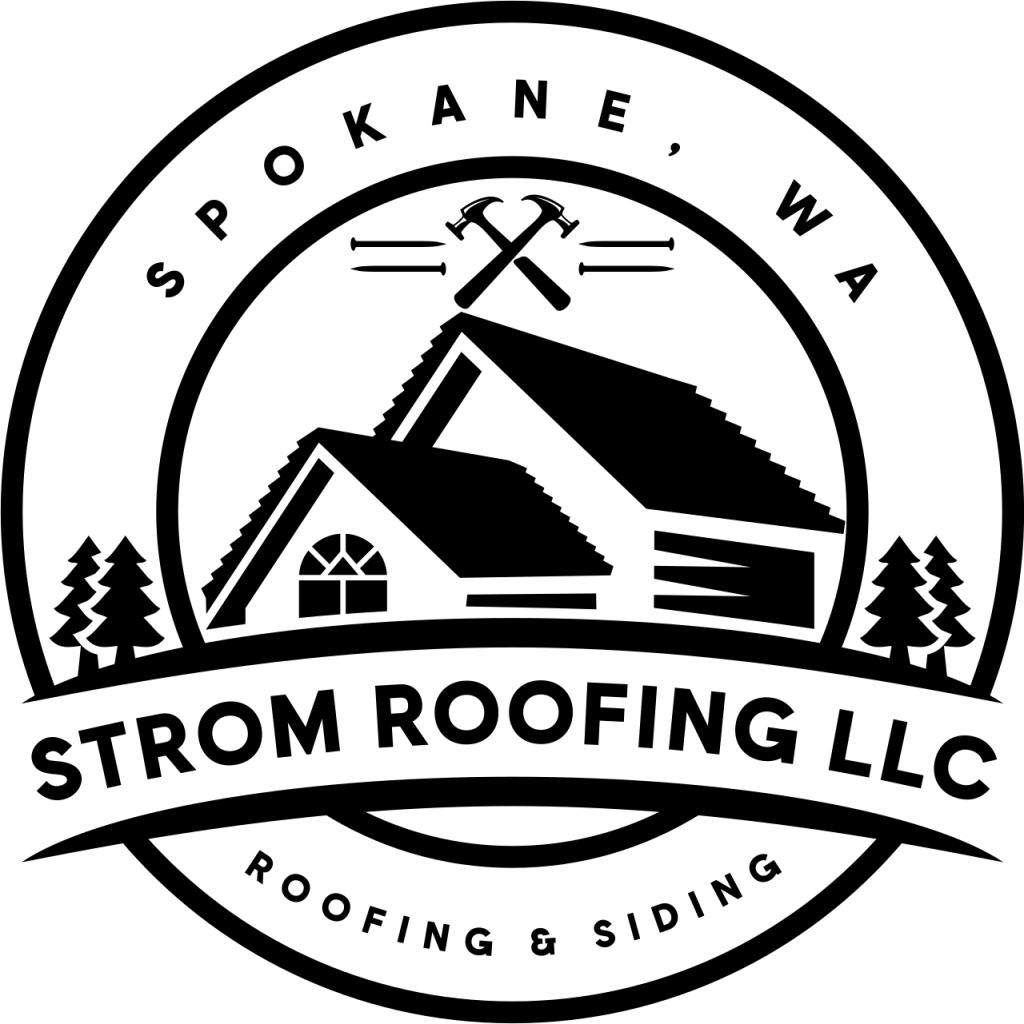Let’s be real: nobody wakes up excited to think about their roof. But if you’re here, you probably noticed a weird spot on your ceiling, a shingle flapping in the wind, or maybe just a nagging feeling that your roof is trying to send you a signal. The big question is: how do you actually know when your roof needs repair?
Here’s the quick answer:
- Water stains or leaks inside the house
- Missing, broken, or curling tiles
- Algae or Moss development
- Sagging spots on your roof
- An aging roof (15–20+ years old)
If you’ve seen any of these, your roof is practically waving a big red flag.
In this blog, we’ll break down the signs your roof is screaming for attention, how to spot them early, when repairs are enough (and when replacement is the only answer), plus some tips for avoiding expensive surprises. It’s easier than you would imagine, so stay with me.
Why Paying Attention To Your Roof Matters
Your roof is like the unsung hero of your house. It takes on rain, snow, heat, and wind, so you don’t have to. But unlike a squeaky door or a dripping faucet, roof problems don’t always make themselves apparent—at least not until they’ve turned into a nightmare. Ignoring the early warnings can lead to hefty repair bills, water damage, and even structural issues.
Signs Your Roof Needs Repair
1. Leaks And Water Stains
Here we have the most unambiguous indication. Water seeps in if brown patches are found on the walls or ceiling. Even a small drip can mean big trouble because water tends to spread before it finally shows up indoors.
Danger Box: Don’t ignore water stains. By the time you see them, the leak has usually been around for a while.
2. Missing, Cracked, or Curling Shingles
Your shingles are like the armor of your roof. If some are cracked, curling, or missing altogether, it’s a clear sign your roof’s defense system is failing. Check your yard for shingles or granules in the aftermath of a storm—this is the result of your roof disintegrating.
3. Moss, Algae, or Mold Growth
A green fuzzy patch on your roof might look “natural,” but it’s not. Moss traps moisture, which can eat away at shingles and wood underneath. Less harmful than algae blooms, algae streaks still indicate that moisture is remaining for an excessively long period.
Quick Tip: Use a pair of binoculars from the ground instead of climbing up. Safer and easier.
4. Sagging Rooflines
If your roofline looks like a hammock instead of a straight line, that’s serious. Sagging can mean water damage, rotting wood, or structural problems. Don’t wait—this one needs professional attention fast.
5. Age Of Your Roof
Most asphalt roofs last around 20 years. If yours is pushing that mark—or you don’t even remember when it was installed—it’s worth getting it inspected. Even if it looks “okay,” hidden wear might already be there.
Table: Quick Roof Check Guide
| Sign | What It Means | Action Needed |
| Water stains on the ceiling | Leak present | Call for inspection |
| Missing/curling shingles | Shingle damage | Replace damaged shingles |
| Moss or algae growth | Moisture problem | Clean and treat |
| Sagging spots | Structural issue | Immediate repair |
| Roof older than 20 years | End of lifespan | Consider replacement |
When Repairs Are Enough
Sometimes you don’t need a full roof replacement. Repairs might do the trick if:
- Only a few shingles are damaged.
- The leak is small and localized.
- The roof is relatively new.
Suggestion Box: If your roof is under 10 years old and well-maintained, repairs often make the most sense.
When Replacement Is The Smarter Move
Repairs won’t always cut it. If your roof has widespread damage, keeps leaking after multiple fixes, or is simply too old, replacing it will save you money in the long run. Think of it like patching an old tire—at some point, it’s safer (and wiser) to get a new one.
How To Check Your Roof Safely
- Use binoculars from the ground.
- Walk around your home after storms.
- Look for shingle granules in your gutters.
- Keep an eye on attic ceilings for dampness.
Info Box: Climbing onto your roof can be dangerous. Unless you have proper safety gear, leave the close-up inspections to professionals.
Why Regular Inspections Matter
Roof problems are sneaky. Getting a professional to check your roof every couple of years (or after major storms) can catch issues early. It’s like going to the doctor before you’re sick—it saves you a world of pain later.
Conclusion
So, how do you know when your roof needs repair? Look for leaks, damaged shingles, moss, sagging spots, or just the age of your roof. Catching these signs early means smaller repair bills and a safer home. If you’re ever in doubt, it’s worth getting a professional opinion—you’d rather fix a minor issue today than face a huge problem tomorrow.
And if you need help, Strom Roofing LLC has your back.
FAQs
How often should I inspect my roof?
On a yearly basis, and especially after major storms.
How can I fix my roof?
It is feasible to do minor repairs yourself, but for safety concerns, having a professional handle major repairs is recommended.
What is the typical roof lifespan?
Compared to metal and tile roofs, asphalt roofs only last around 20 years.
Does homeowner’s insurance cover roof repairs?
It usually covers damage from storms or accidents, but not general wear and tear.
What happens if I ignore roof damage?
Minor issues grow into expensive repairs—think water damage, mold, and even structural problems.

